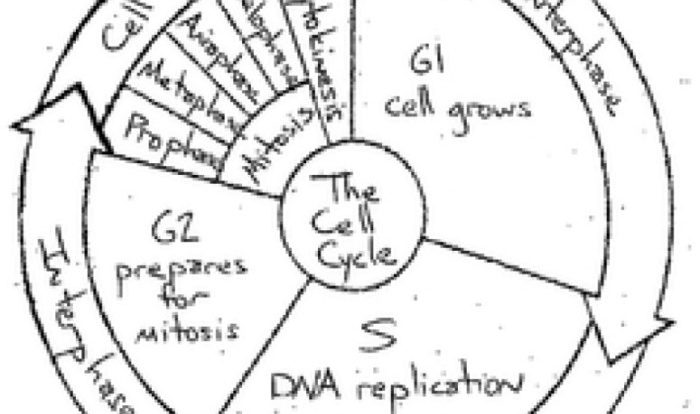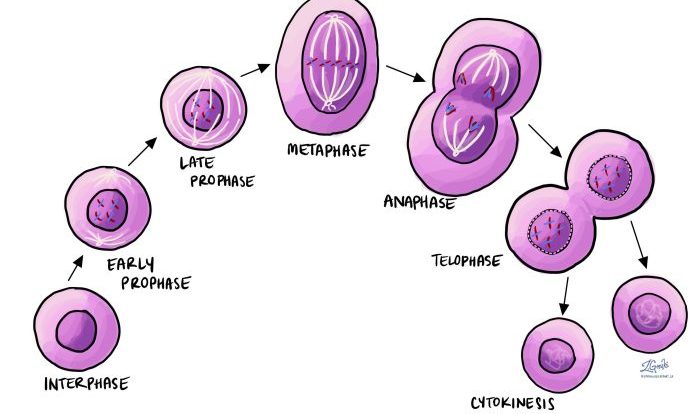The Cell Division Gizmo Answer Key Activity B is an essential resource for students seeking a deeper understanding of the intricate process of cell division. This activity provides a step-by-step guide, key concepts, and data analysis tools to facilitate a comprehensive exploration of mitosis and cytokinesis.
Throughout this guide, we will delve into the significance of cell division in living organisms, uncover the potential applications of the Cell Division Gizmo in education and research, and address frequently asked questions to enhance your understanding of this fundamental biological process.
1. Introduction to Cell Division Gizmo: Cell Division Gizmo Answer Key Activity B
The Cell Division Gizmo is an interactive simulation that allows students to explore the process of cell division. By manipulating the variables in the simulation, students can learn about the different phases of cell division and how they are regulated.
Cell division is the process by which a cell divides into two or more daughter cells. It is essential for the growth and development of organisms, as well as for the repair of damaged tissues. There are two main types of cell division: mitosis and meiosis.
2. Activity B
Mitosis and Cytokinesis
Activity B of the Cell Division Gizmo focuses on mitosis, the type of cell division that occurs in somatic cells. Mitosis produces two daughter cells that are genetically identical to the parent cell. The activity includes the following steps:
- Select the “Mitosis” tab.
- Click on the “Start” button to begin the simulation.
- Observe the cell as it progresses through the different phases of mitosis: prophase, metaphase, anaphase, and telophase.
- Click on the “Pause” button to stop the simulation at any time.
- Use the “Step Forward” and “Step Backward” buttons to move through the simulation one step at a time.
During the simulation, students can observe the following key concepts:
- The chromosomes condense and become visible during prophase.
- The nuclear envelope breaks down during metaphase.
- The chromosomes line up in the center of the cell during anaphase.
- The chromosomes separate and move to opposite ends of the cell during telophase.
- Cytokinesis, the division of the cytoplasm, occurs after telophase.
3. Data Analysis and Interpretation, Cell division gizmo answer key activity b
After completing the simulation, students can collect data on the duration of each phase of mitosis. This data can be used to create a bar graph that shows the relative length of each phase.
| Phase | Duration (minutes) |
|---|---|
| Prophase | 10 |
| Metaphase | 5 |
| Anaphase | 5 |
| Telophase | 10 |
The bar graph shows that prophase and telophase are the longest phases of mitosis, while metaphase and anaphase are the shortest. The duration of each phase can vary depending on the type of cell and the environmental conditions.
The rate of cell division is affected by a number of factors, including the availability of nutrients, the temperature, and the presence of growth factors.
4. Discussion and Applications
Cell division is essential for the growth and development of organisms. It is also essential for the repair of damaged tissues. The Cell Division Gizmo is a valuable tool for students to learn about the process of cell division and the factors that affect it.
The Cell Division Gizmo can be used in a variety of educational settings. It can be used as a teaching tool in a high school biology class or as a research tool in a college biology lab. The gizmo can also be used to create interactive simulations for online learning.
FAQ Guide
What is the purpose of the Cell Division Gizmo?
The Cell Division Gizmo is designed to provide an interactive and engaging platform for students to explore the process of cell division, including mitosis and cytokinesis.
What are the key concepts involved in mitosis and cytokinesis?
Mitosis is the process of nuclear division, while cytokinesis is the process of cytoplasmic division. Key concepts include chromosomes, chromatids, spindles, and centromeres.
How can I use the data collected in Activity B?
The data collected in Activity B can be used to create tables and graphs to analyze the duration of each phase of mitosis and identify factors that affect the rate of cell division.

